Group 2 Plymouth Field Course


INTRODUCTION
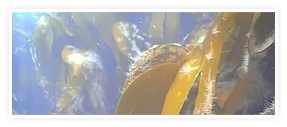
Our Group:
Natasha Alex-
Nancy Cronin-
Rebecca Goodyear – MSci Oceanography with French with Study Abroad (going to University of Bordeaux, France)
Helena Lane -
Peyton Mowery – B.S. Biology with minor in Marine Science (from the Pennsylvania State University, USA)
Caitlin Napleton – Msci Oceanography with Study Abroad (going to the University of Sydney, Australia)
Paula Peñalver – Oceanography with Study Abroad (going to University of Las Palmas de Gran Canaria, Spain)
Charlie Turvey – MSci Marine Biology with Study Abroad (going to University of Bergen, Norway)
On the 3rd July 2018 group 2 started our fieldwork in and around the waters of Plymouth, to support our studies at the University of Southampton before we all head off to study abroad in various places. The main aim of this field course is to consider the chemical, biological and physical aspects of the Plymouth Sound and Estuaries and the scientific reasoning behind the findings of our investigations in this area. Over the next 11 days we worked on the Salt Ash pontoon; out on the water on a number of different vessels; and in Plymouth Marine Station’s labs, in order to collect and analyse data regarding the oceanographic and geological features of the area. Part of this involves creating a website in order to concisely present the initial findings of our work.
LOCATIONS of DATA COLLECTION
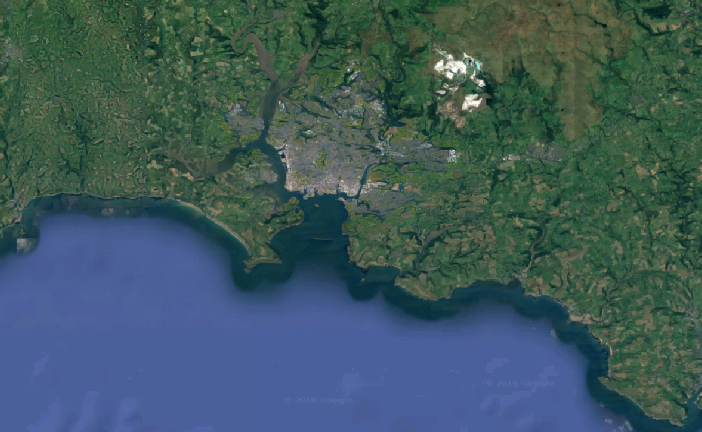
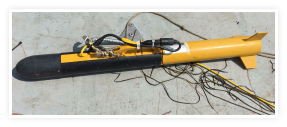
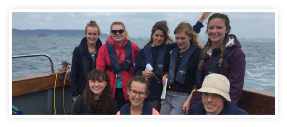

GROUP 2 PLYMOUTH FIELD COURSE
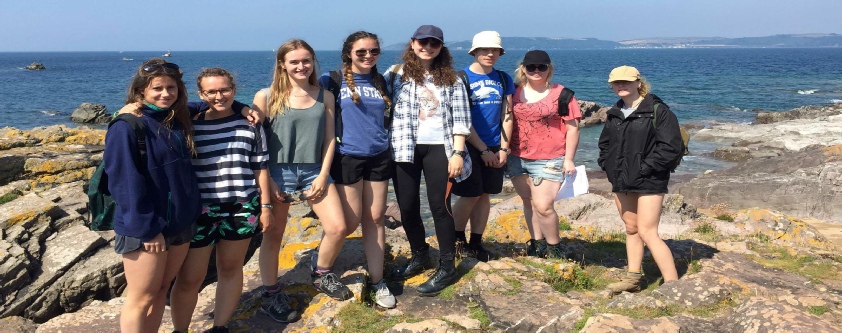
Plymouth Characteristics
Plymouth Sound and Estuaries is a Special Area of Conservation (SAC) on the South Coast of England. It is a ria, or ‘drowned valley’ type estuary. Because of this, there is a distinctive mixture of salty and fresh water. For this reason, the area is of interest for research and monitoring. A range of different sediment types are found in the area, including shell gravels and fine sand. The area covers a huge variety of habitats, from mudflats to reefs and saltmarsh. These different habitats support a diverse array of organisms such as waterfowl, Atlantic salt meadows and fan mussels. It is the only place that Allis shad (Alosa alosa) are known to spawn.
Three rivers feed into Plymouth Sound; the River Tamar, River Tavy and River Lymber (MAP). As part of our investigation we surveyed up the River Tamar. The estuary is tidal from Gunnislake Weir (River Tamar) to the mouth, and is considered macrotidal with semi diurnal tidal flows (Miller, 1999). The Tamar has a catchment area of ca. 1700km2, and flows 78 km south from North Cornwall (Evans et al., 1993). The estuary has multiple agricultural land uses in the upper catchment area but has relatively clean water regardless (Mighanetara et al., 2009). The city of Plymouth, and associated naval dockyard, sewage works and historic mining sites, results in several notable anthropogenic impacts (Langston et al., 2003). Sadri and Thompson (2014) therefore stated that this estuary could be considered typical of many estuaries in Northern Europe
References
Defra.gov.uk (2018). Plymouth Sound and Estuaries -
Uk Marine SAC.org.uk. (2018). Plymouth Sound and Estuaries European marine site:
Case History. [online] Available at: http://www.ukmarinesac.org.uk/pdfs/casestudy-
Designated Sites -
Marine Conservation Society UK. (2018). Plymouth Sound and Estuaries | Marine Conservation
Society. [online] Available at: https://mcsuk.org/mpa/show-
A.E.J. MillerSeasonal investigations of dissolved organic carbon dynamics in the Tamar Estuary, UK
Estuar. Coast. Shelf Sci., 49 (6) (1999), pp. 891-
Evans, K.M., Fileman, T.W., Ahel, M., Mantoura, R.F.C., Cummings, D.G., 1993. Fate of organic micropollutants in estuaries. Triazine herbicides and alkylphenol polyethoxylates. NRA R&D Project Record 107/10/SW. National Rivers Authority, Bristol, 170 pp.
K. Mighanetara, C.B. Braungardt, J.S.Rieuwerts, F. AziziContaminant fluxes from point and diffuse sources from abandoned mines in the River Tamar catchment, UK
J. Geochem. Explor., 100 (2–3) (2009), pp. 116-
Langston, W.J., Chesman, B.S., Burt, G.R., Hawkins, S.J., Readman, J., Worsfold, P., 2003. Characterisation of the South West European Marine Sites. Plymouth Sound and Estuaries cSAC, SPA. Occasional Publications Marine Biological Association of the United Kingdom 9 202p, vol. 9, pp. i–viii, 1–202.
Sadri, S. and Thompson, R. (2014). On the quantity and composition of floating plastic
debris entering and leaving the Tamar Estuary, Southwest England. Marine Pollution
Bulletin, 81(1), pp.55-
The views and opinions expressed are those of the individual and not representative of the University of Southampton or the National Oceanography Centre.


Map of Plymouth Sound Area -